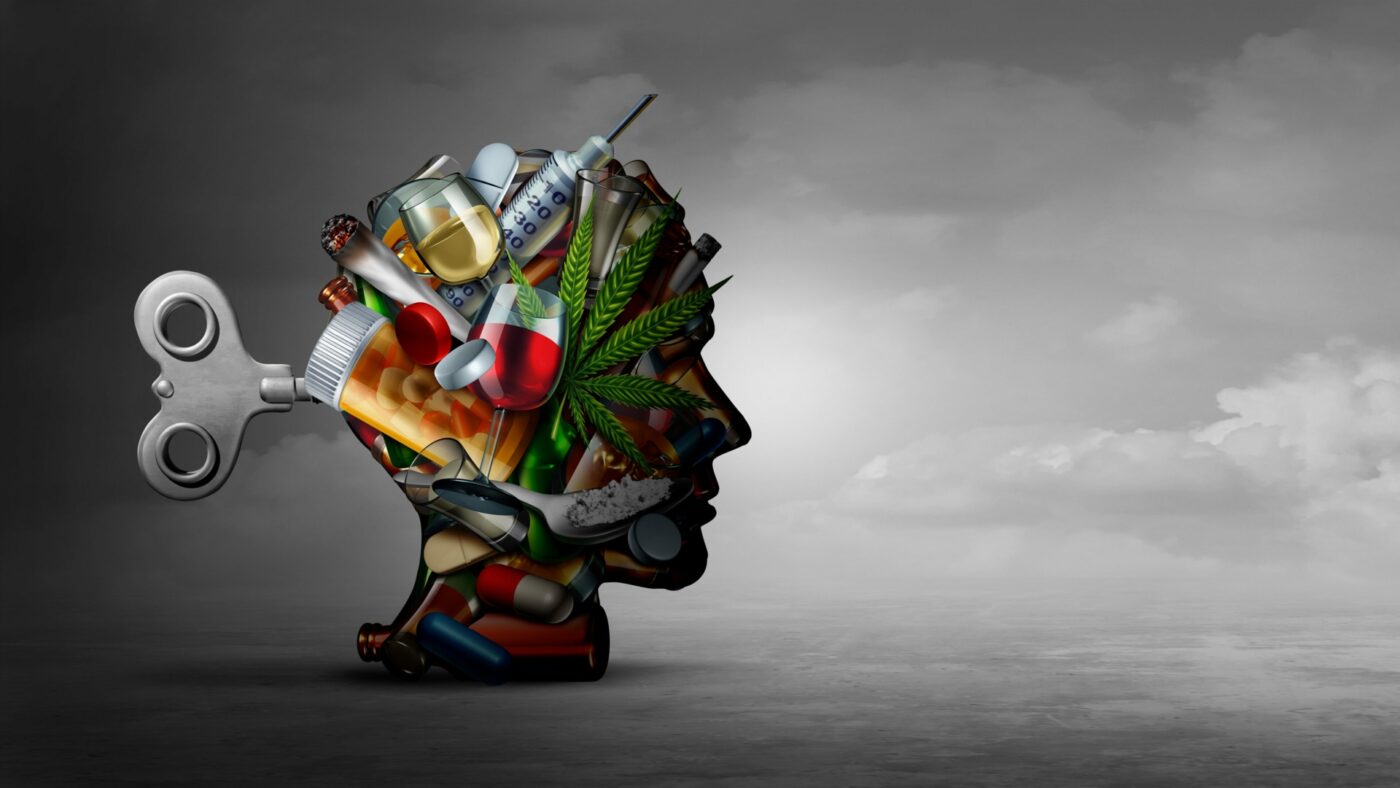Uncategorized
The science of addiction and recovery

Addiction is a chronic and often relapsing disorder that affects millions of people worldwide. It is a complex condition that is influenced by a range of factors, including genetics, environment, and behavior. Addiction not only affects the individual but also their families, friends, and communities. The good news is that with the right treatment, recovery is possible. In this article, we will explore the science of addiction and recovery.
What is addiction?
Addiction is defined as a chronic brain disorder characterized by compulsive drug-seeking and use despite harmful consequences. It is a disease that affects the brain’s reward system, causing changes in the brain’s structure and function. These changes make it difficult for the individual to control their use of drugs or alcohol, even when they want to stop.
Addiction is a complex disease that can be influenced by a range of factors, including genetics, environment, and behavior. Some people may be more susceptible to addiction due to their genetic makeup, while others may develop addiction due to exposure to certain substances or environments.
What happens in the brain during addiction?
When a person uses drugs or alcohol, they experience a surge of dopamine in the brain’s reward center. Dopamine is a neurotransmitter that is associated with pleasure and reward. Over time, the brain’s reward center adapts to the increased dopamine levels, making it less sensitive to the drug’s effects. This leads to the individual needing to take more of the drug to achieve the same level of pleasure and reward.
As addiction progresses, changes occur in other areas of the brain, including the prefrontal cortex, which is responsible for decision-making, impulse control, and judgment. These changes make it difficult for the individual to control their drug use, even when they want to stop.
How is addiction treated?
Addiction is a treatable disease. The most effective treatment for addiction is a comprehensive approach that includes behavioral therapy, medication, and support from family and friends. Behavioral therapy, such as cognitive-behavioral therapy (CBT) and motivational interviewing, helps individuals develop coping skills to manage cravings and avoid relapse. Medications, such as buprenorphine and methadone, can help reduce withdrawal symptoms and cravings for opioids.
Support from family and friends is also crucial in the recovery process. It provides the individual with a network of support and encouragement as they work towards sobriety. Support groups, such as Alcoholics Anonymous (AA) and Narcotics Anonymous (NA), can also be helpful in providing a sense of community and accountability.
What does recovery look like?
Recovery from addiction is a lifelong process. It involves more than just stopping drug use; it also involves making positive changes in all areas of life. Recovery often involves developing new hobbies and interests, improving relationships with family and friends, and finding purpose and meaning in life.
Recovery is not always easy, and there may be setbacks along the way. However, with the right treatment and support, recovery is possible. It is important for individuals in recovery to have a plan in place to manage cravings and avoid relapse.
Addiction is a complex disease that affects millions of people worldwide. It is a chronic and often relapsing disorder that requires comprehensive treatment, including behavioral therapy, medication, and support from family and friends. Recovery from addiction is a lifelong process that involves more than just stopping drug use. It involves making positive changes in all areas of life, developing new hobbies and interests, improving relationships with family and friends, and finding purpose and meaning in life. With the right treatment and support, recovery is possible.


